By N. Janardhan
Following five years of periodic controversies and criticism – some factual, others contrived – President Xi Jinping used the Belt and Road (BRI) Forum in April to set the agenda for the next five years of his hallmark project. At the forum’s second edition, meant to promote a “stronger partnership network,” the Chinese leader pledged to “clean up,” stressed “zero tolerance” to corruption, and emphasized readiness to adopt “internationally acceptable” standards in the bidding process of BRI projects in the future. This language indicates Beijing’s openness to constructive criticism and willingness to objectively tweak some inherent weaknesses in the strategy and implementation mechanisms for the BRI during the 2013-2018 period. It also sets the stage for the start of “BRI 2.0,” where the stress is likely to be on the qualitative, rather than just quantitative, attributes. The following are some analytical pointers on how BRI 2.0 is likely to be different from version 1.0, especially keeping in mind what Chinese Minister of Foreign Affairs Wang Yi referred to as a “high-quality” shift from “big freehand” to “fine brushwork” in planning BRI’s future projects.
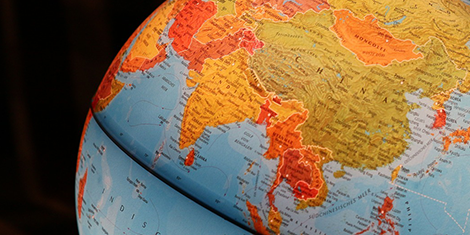
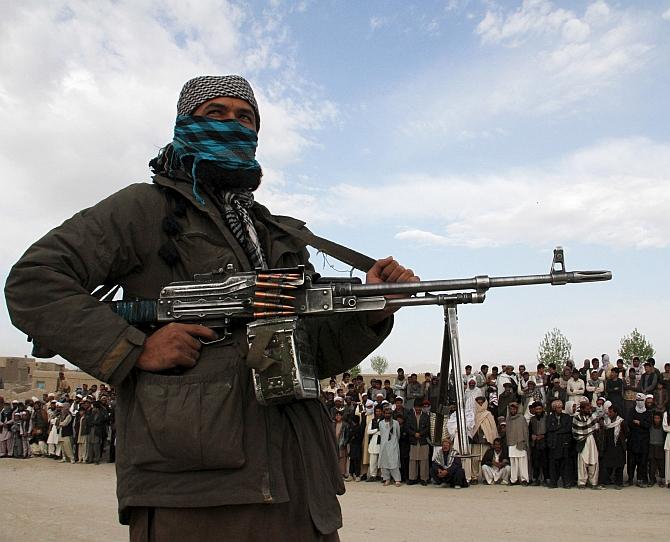

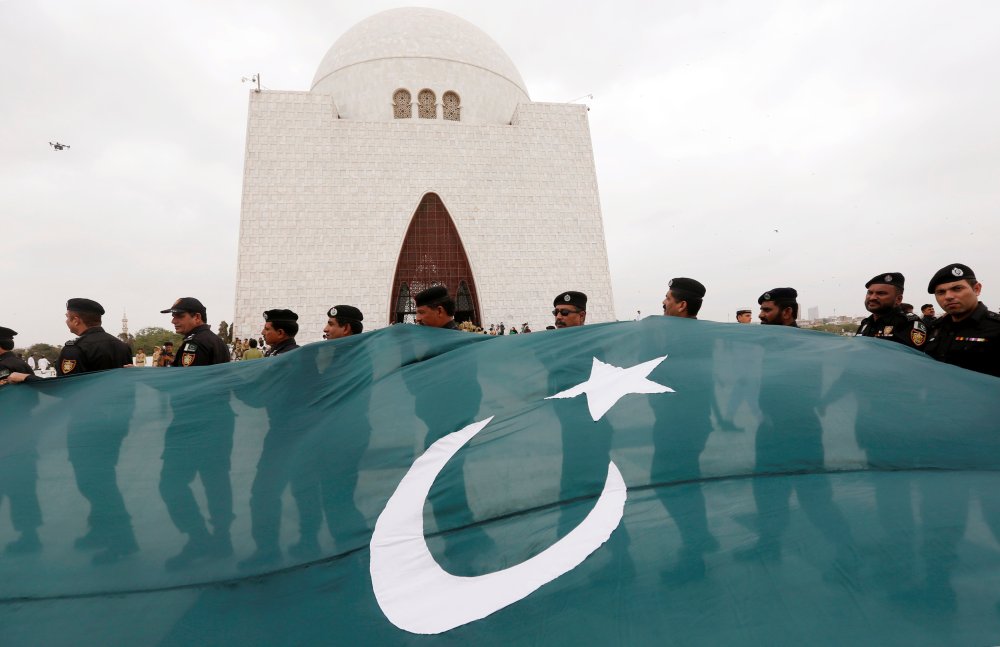

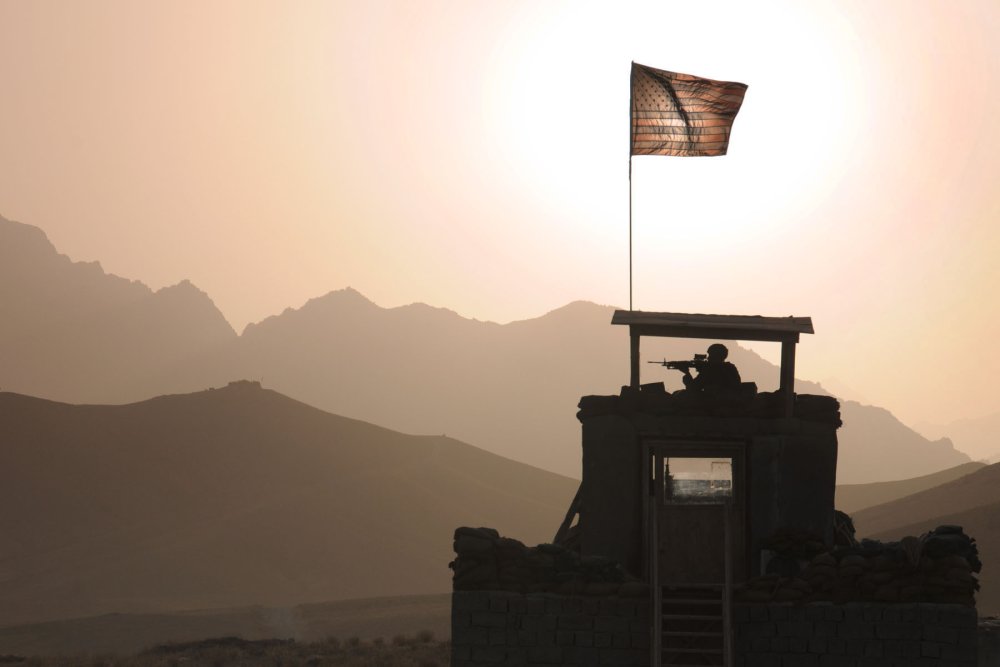

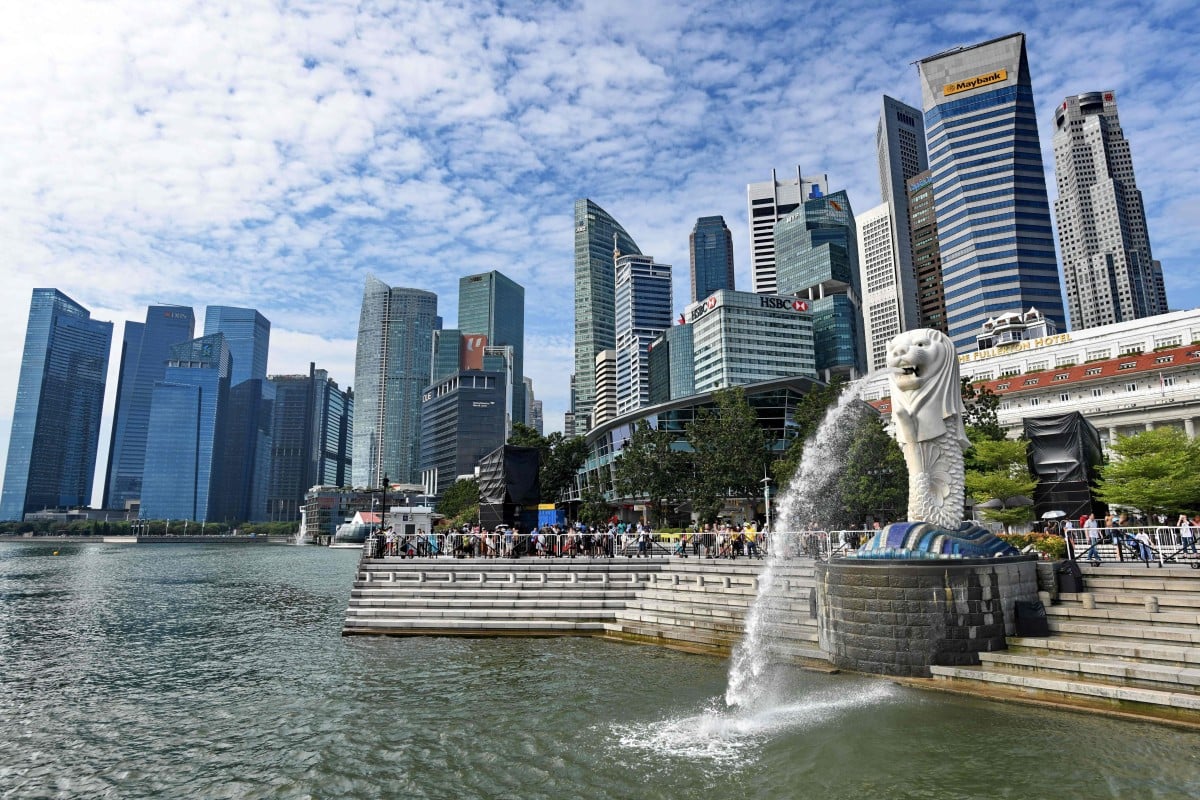







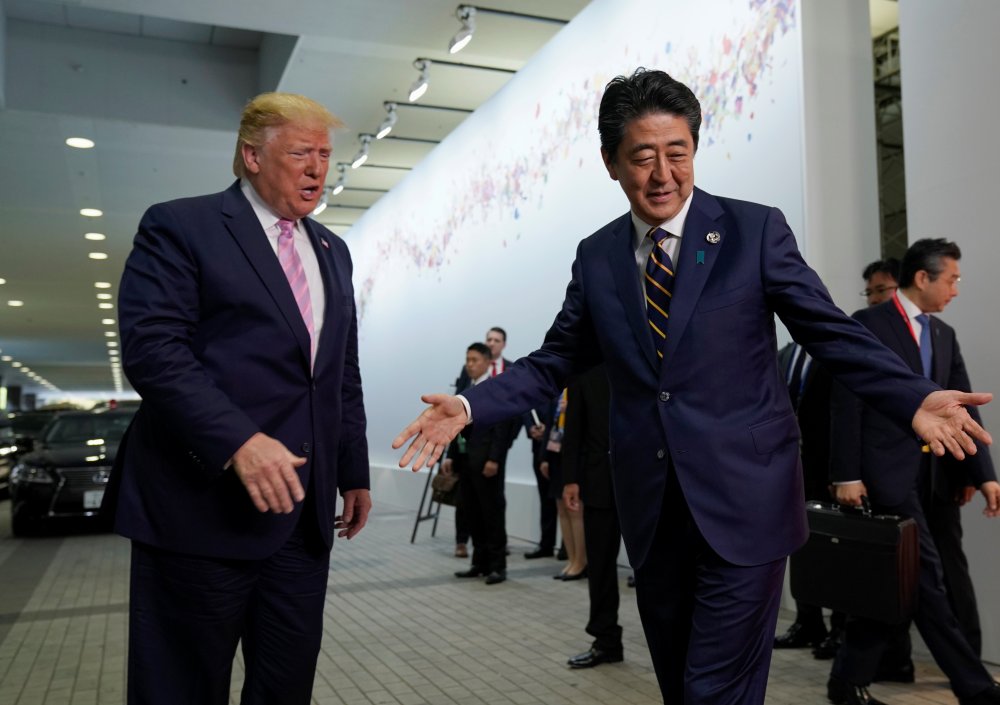



/arc-anglerfish-arc2-prod-mco.s3.amazonaws.com/public/KYIJGADSTVHZ3L6DLLGJXYFQ24.jpg)
